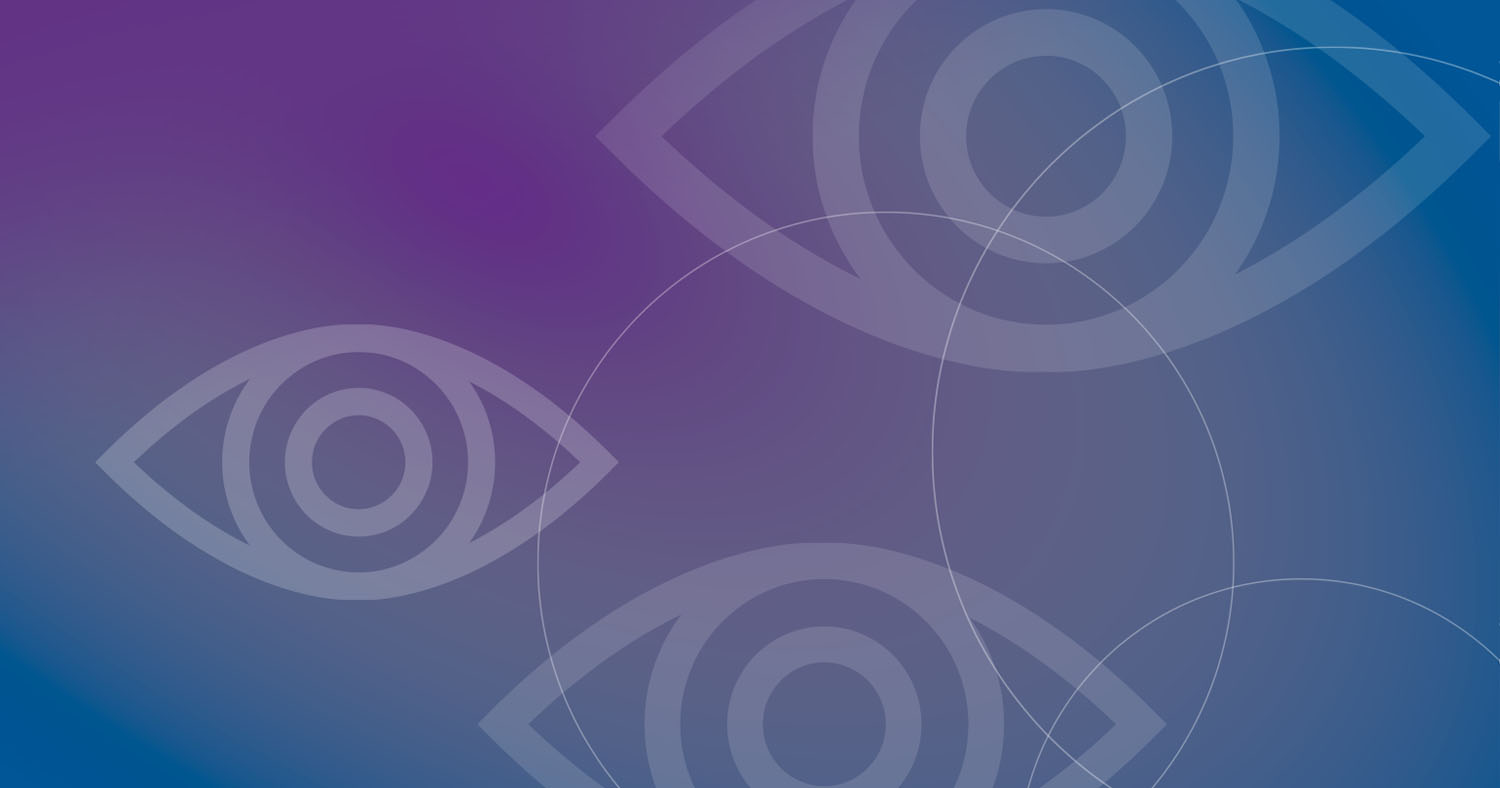Recommendation Summary
- Instrument-based screening refers to vision screening using automated technology. Generally, instrument-based screening is quick to administer and requires minimal cooperation from the child, thereby making it especially useful for shy, non-communicative, or pre-verbal children. Using an automated instrument also offers the advantage of having the potential for the screening results to be integrated directly into a data management system without requiring manual data entry.
- Instrument-based screening using autorefraction or photorefraction/photoscreening identifies the presence and magnitude of refractive error rather than providing a measurement of visual acuity.
- Each screening device requires instrument- and age-specific pass/fail refractive error criteria. Abnormal refractive error is a significant risk factor for amblyopia. (2) Hyperopic refractive error ≥ 2.00D spherical equivalent, in particular, is associated with a significantly higher risk of esotropia, (26) which by itself is an additional risk factor for amblyopia.
- Because of the association among amblyopia, strabismus, and uncorrected significant refractive error, screening for refractive error alone is often successful in identifying children with constant strabismus and moderate to severe levels of amblyopia. (29,54)
Following is a table outlining Instruments meeting Best-Practice designation as well as Acceptable Practice designation based on available research.
Best Practice
- Retinomax (Right Mfg. Co Ltd.- Tokyo, Japan)
- SureSight Vision Screener (SureSight) (Welch-Allyn, Inc.- Skaneateles Falls, NY) (Software version 2.25)
Acceptable Practice
- Plusoptix Photoscreener (Plusoptix – Nuremburg, Germany)
- Welch Allyn Spot VS 100 (Welch-Allyn Inc., Skaneateles Falls, NY 
Note: When the Plusoptix and Spot devices are used outside of an eye care setting, consultation with a pediatric eye care professional regarding the best cut-offs to use for the particular patient population to be screened is advised until evidence-based refractive error criteria are determined.


